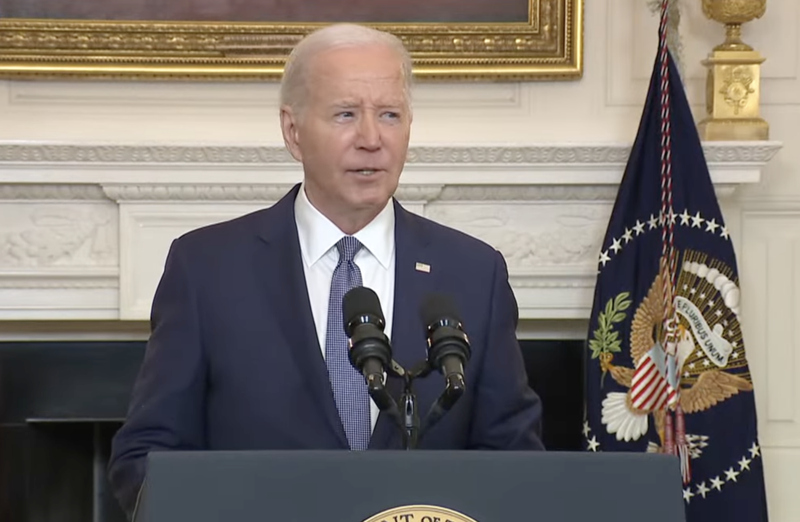President Joe Biden has extended additional national emergencies due to national security concerns related to Iran and Sudan. This is after previously having done so earlier in his term as well as for other countries.
The U.S. has been in a perpetual state of national emergency related to Iran since Nov. 14, 1979, and with Sudan since April 2006.
Biden extended the national emergency executive orders last week after extending others issued by previous administrations related to terrorism, which have been in effect since Sept. 23, 2001; related to Syria and ISIS since Sept. 9, 2019; related to Colombian-based narcotics trafficking since Oct. 21, 1995; related to the Congo since Oct. 27, 2006; related to Afghanistan since Feb. 11, 2022, among others, The Center Square reported.
The national emergencies were declared under the International Emergency Economic Powers Act (IEEPA), which was enacted in 1977 and gives the president sweeping powers.
Biden extended an executive order related to the national emergency with Iran due to “the unusual and extraordinary threat to the national security, foreign policy, and economy of the United States constituted by the situation in Iran.”
An announcement from the White House states that U.S. “relations with Iran have not yet normalized, and the process of implementing the agreements with Iran, dated January 19, 1981, is ongoing. For this reason, the national emergency declared on November 14, 1979, and the measures adopted on that date to deal with that emergency, must continue in effect beyond November 14, 2024.”
The national emergency was extended for another year. The declaration also states it “is distinct” from one declared on March 15, 1995, which he extended and renewed in March.
Biden also renewed multiple executive orders related to ongoing conflict in Sudan. In early 2003, in the western region of Darfur, two rebel groups rebelled against the Sudanese government and a genocide and humanitarian crisis occurred.
Referring to this crisis, Biden’s national emergency executive order states, “The crisis that led to the declaration of a national emergency in Executive Order 13067; the expansion of the scope of that emergency in Executive Order 13400 of April 26, 2006; the taking of additional steps with respect to that emergency in Executive Order 13412 of October 13, 2006, Executive Order 13761 of January 13, 2017, and Executive Order 13804 of July 11, 2017; and the further expansion of the scope of that emergency in Executive Order 14098 of May 4, 2023, has not been resolved.”
The policies and actions of the Sudanese government, and ongoing conflict in Sudan and Darfur “continue to pose an unusual and extraordinary threat to the national security and foreign policy of the United States,” it states, prompting the need to extend the 2006 and 2023 orders.
The National Emergencies Act provides for national emergencies automatically terminating unless the president extends them prior to 90 days of their stated end date. The emergency declaration is published in the Federal Register and transmitted to both houses of Congress.
The IEEPA is an offshoot of the Trading with the Enemy Act first enacted in 1917. Under the TEA, on April 5, 1933, President Franklin D. Roosevelt issued an executive order requiring Americans to relinquish their privately held gold to the federal government or be fined $10,000 or face 10 years in prison. The order contradicted the law, which required such orders only be issued in a time of war, which the U.S. was not at the time.
Declaring national emergencies via executive order has long been considered an abuse of federal authority and unconstitutional, Tenth Amendment advocates and others argue. The Tenth Amendment Center points to founding father Roger Sherman’s view in 1787 that “All acts of the Congress not warranted by the constitution would be void. Nor could they be enforced contrary to the sense of a majority of the States.”
As of Jan. 15, 2024, U.S. presidents have issued executive orders for 69 national emergencies under the IEEPA, according to the Congressional Research Service. Roughly half, 39, are ongoing. National emergencies invoked through the IEEPA “often last nearly a decade, although some have lasted significantly longer – the first state of emergency declared under the NEA and IEEPA, which was declared in response to the taking of U.S. embassy staff as hostages by Iran in 1979, is in its fifth decade,” CRS notes.




